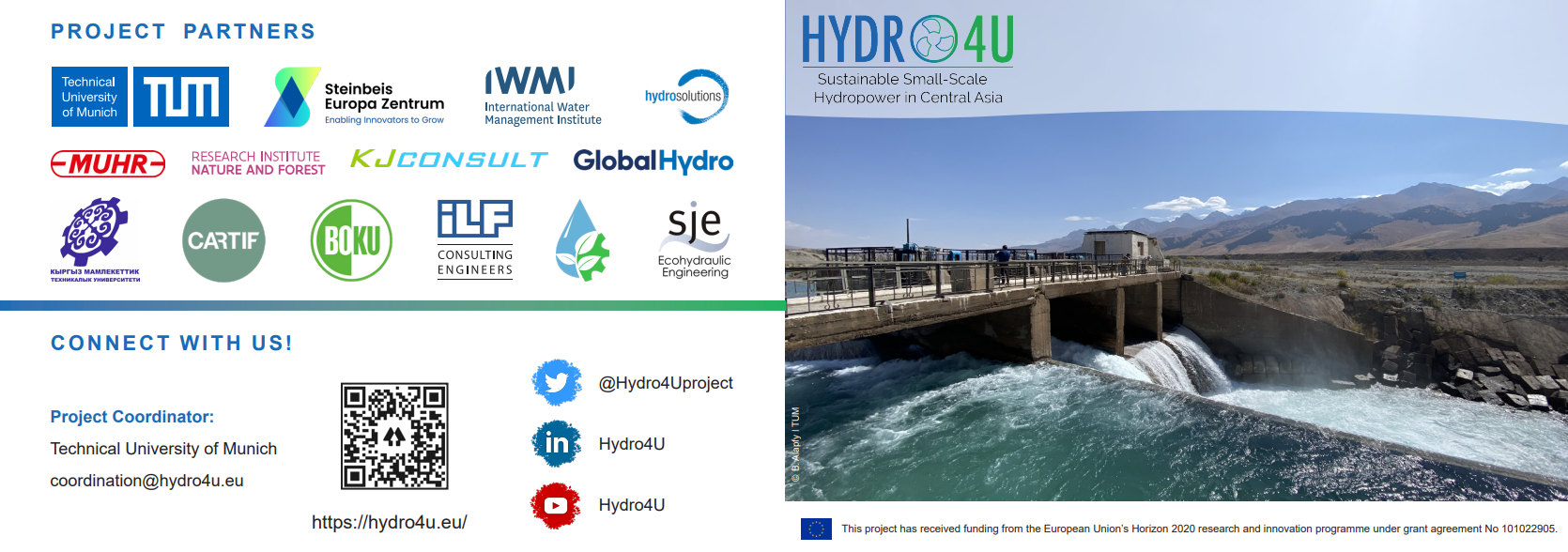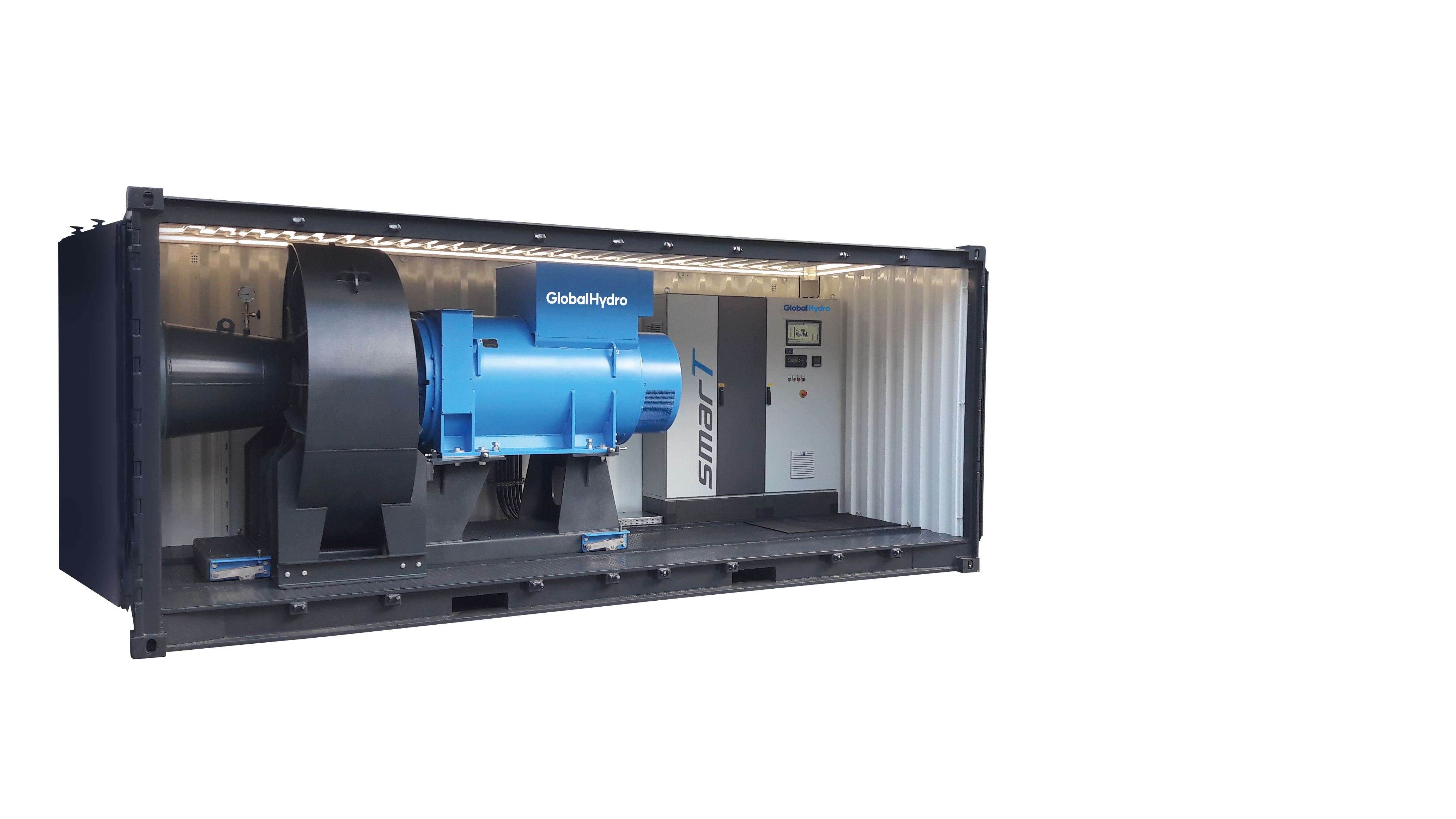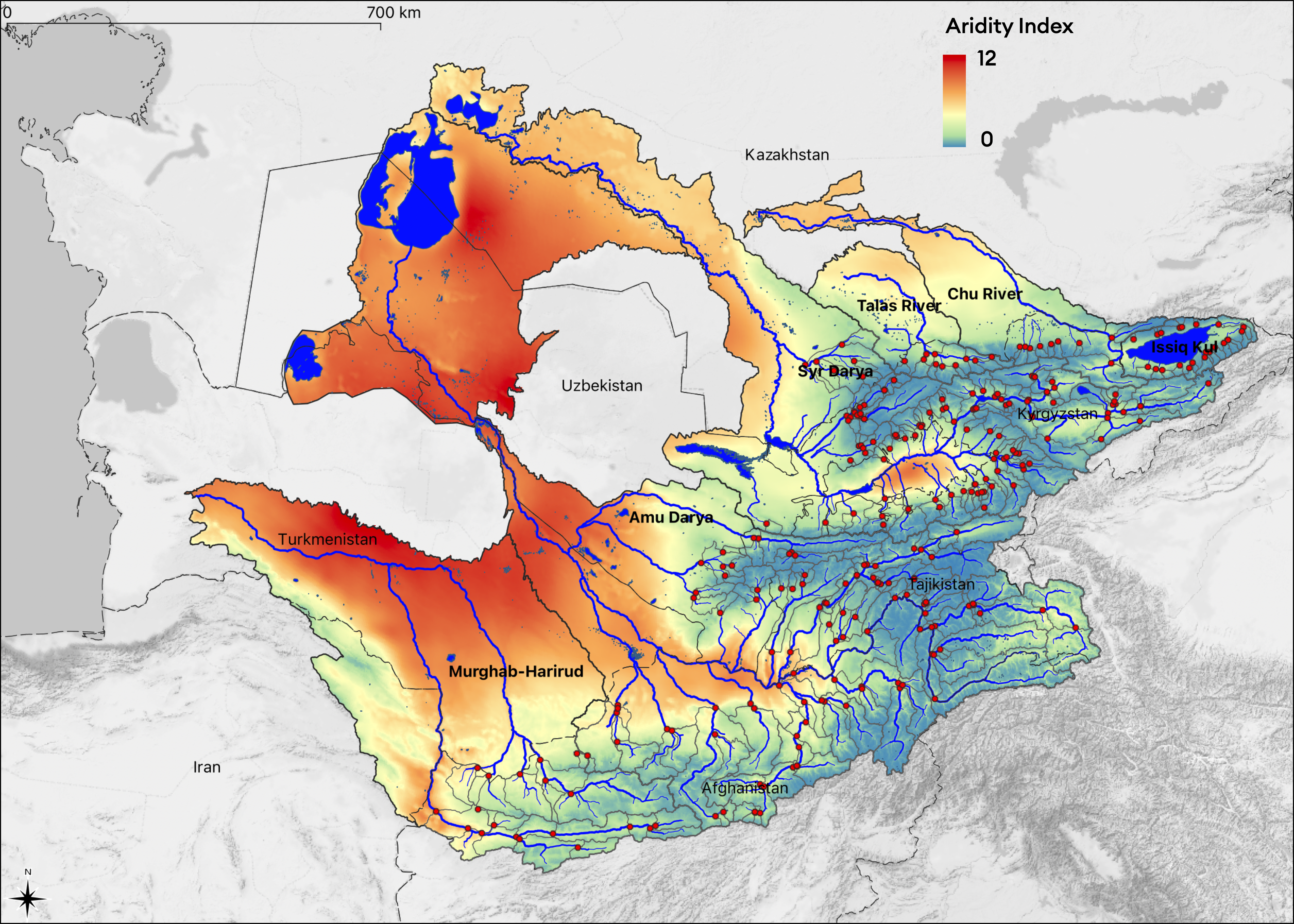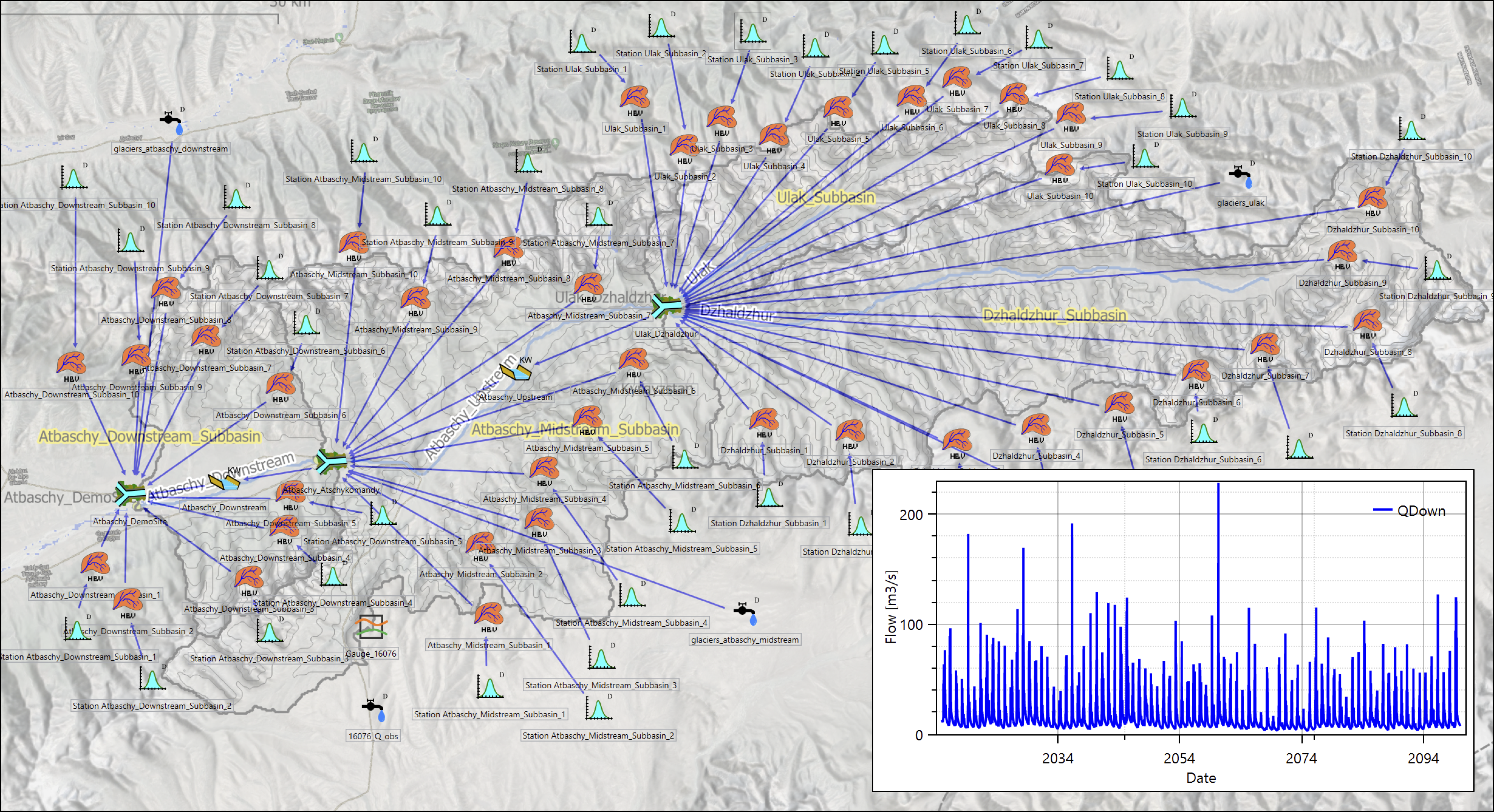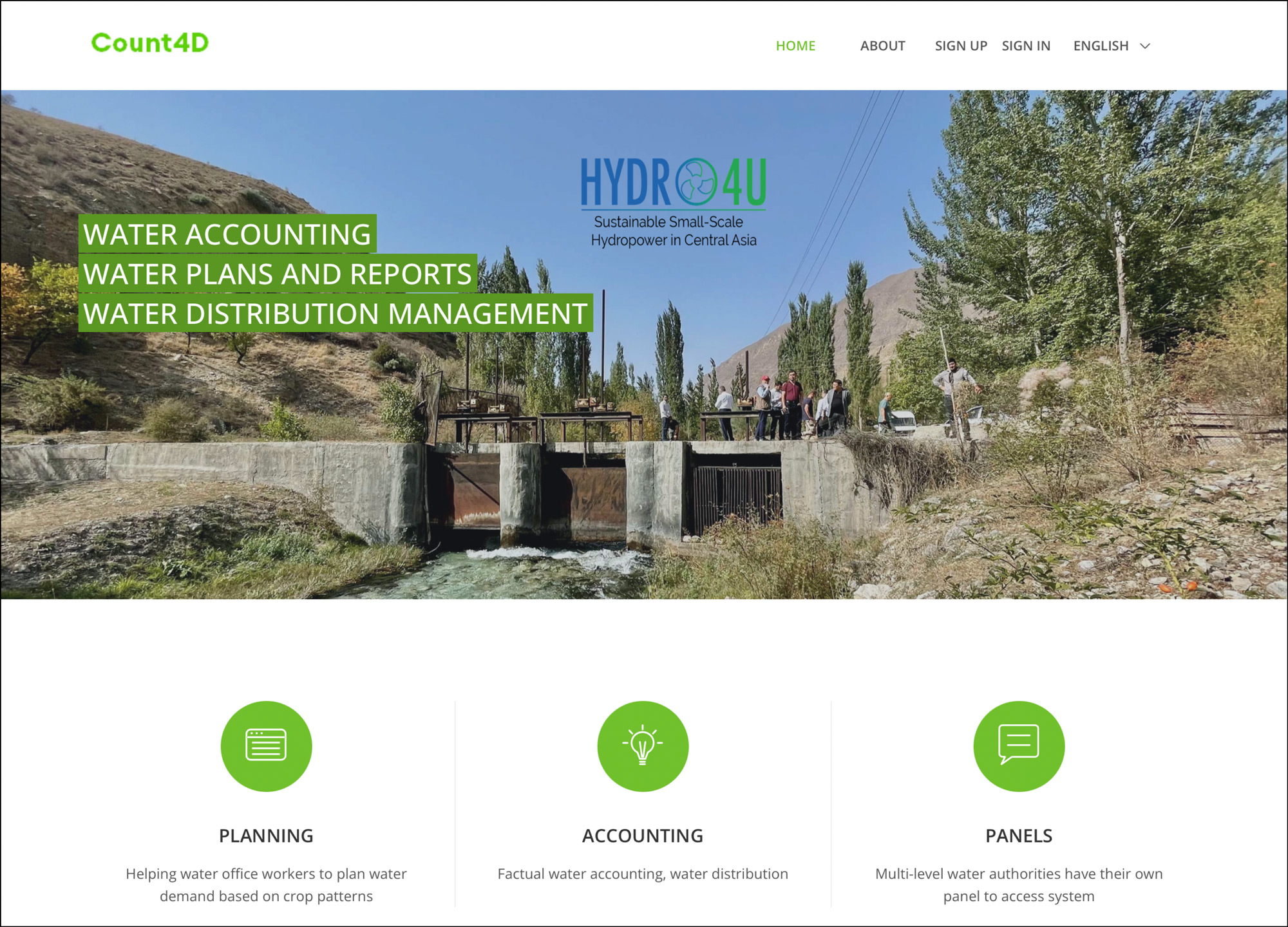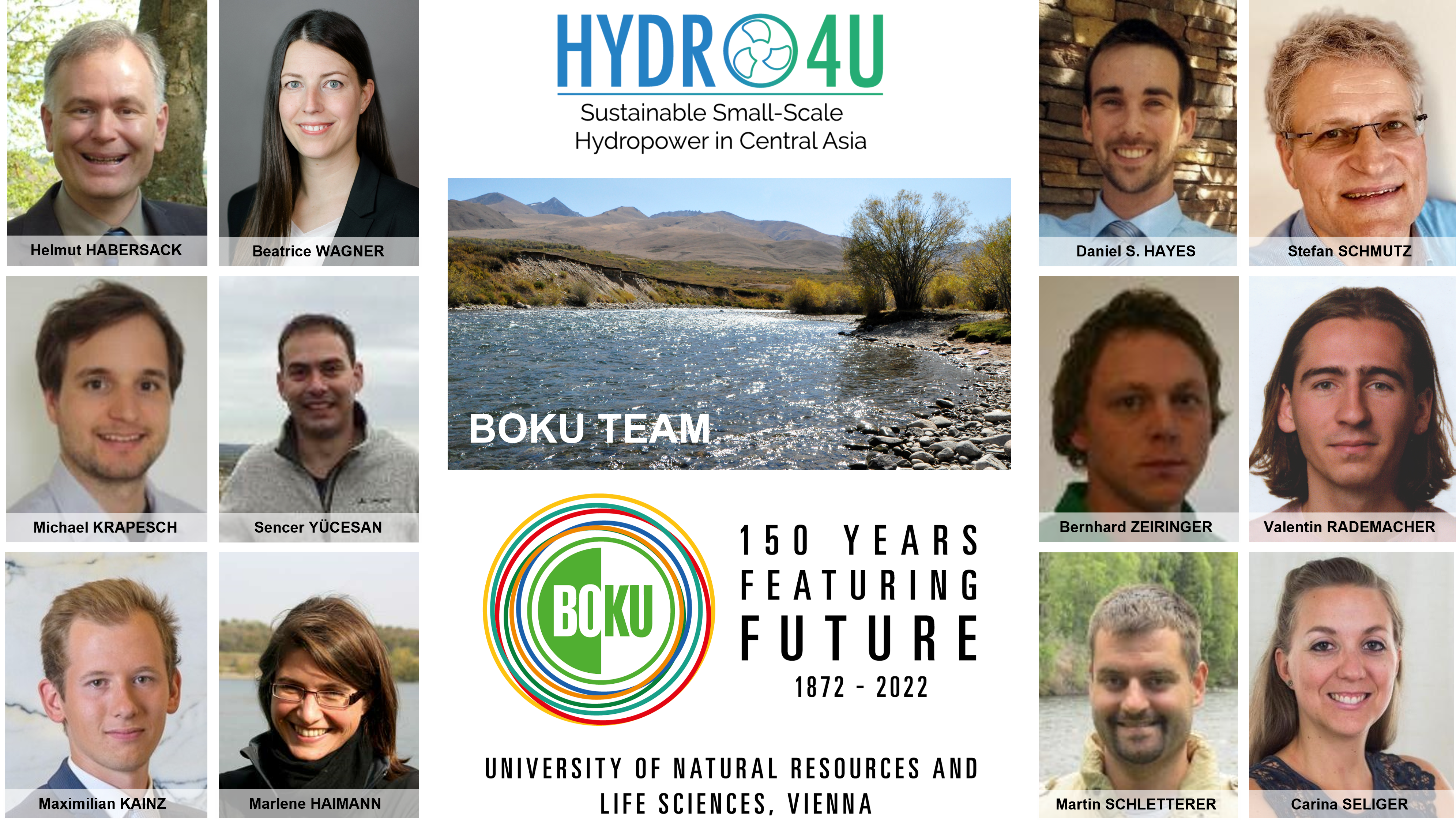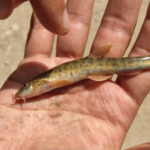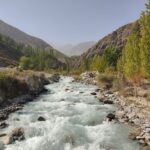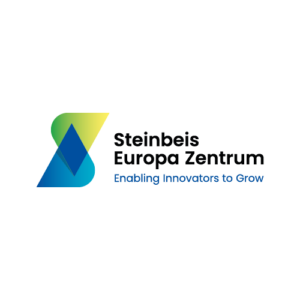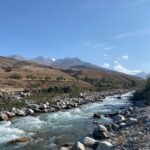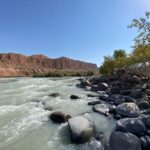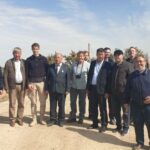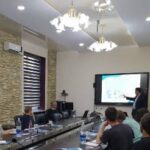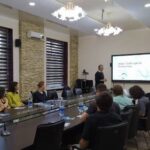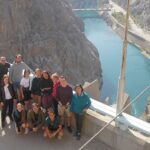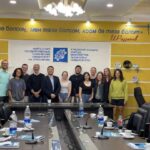Central Asia is a singular region in terms of Small Hydropower (SHP) development. Although the zone has the second largest SHP potential (up to 10 MW) in the world with 34.4 GW, it is the area with the lowest percentage of SHP development, with only 0.8% of SHP exploited so far.[1]
Behind these low figures, there is a great number of political, economic, social, technological, legal and environmental barriers. There are common issues as the lack of information on SHP or the lack of private sector funding. Moreover, some Central Asian countries have to deal with extreme weather conditions which negatively affect hydropower development, as for example in high altitude regions where streams are likely to freeze in winter.
Hydro4U aims to boost European SHP industry by adapting existing European high-quality solutions to the demands and resources of Central Asia. Furthermore, in order to accelerate the exploitation of these solutions, a replication strategy is being elaborated.
CARTIF is a technology Centre with more than 25 years of experience in the development of renewable energy projects and in the definition of strategies for energy transition. In the context of Hydro4U, CARTIF is leading the replication activities. A key point of our work will be the development of a replication guideline tool, aimed at future investors or public authorities to support decision-making on new SHP projects in Central Asia. The tool will be based on a computational model integrating GIS information and statistical data and will be implemented at river basin level.
Currently, it is planned that the tool will consist of several interactive modules, aiming to (1) visualise the total sustainable HP potential and installed capacity, (2) simulate hydropower (HP) generation scenarios considering Water-Food-Energy-Climate Nexus constrains, sustainability of resources and socio-economic impacts and (3) provide HP technology recommendations as well as lessons learnt related to the implementation of new HP projects.
The tool is intended for public use and is therefore not only aimed at experts who are familiar with the specific details, but also at decision-makers, investors and politicians.
[1] United Nations Industrial Development Organisation. 2019 World Small Hydropower Development Report (WSHPDR)]
Authors: Raquel López, Iván Ramos, Ismael Lozano and Fredy Vélez, CARTIF
Partner description: CARTIF
Website: www.cartif.es
Twitter: @CARTIFCT
LinkedIn: CARTIF
Facebook: CARTIF
YouTube: CARTIFTV


